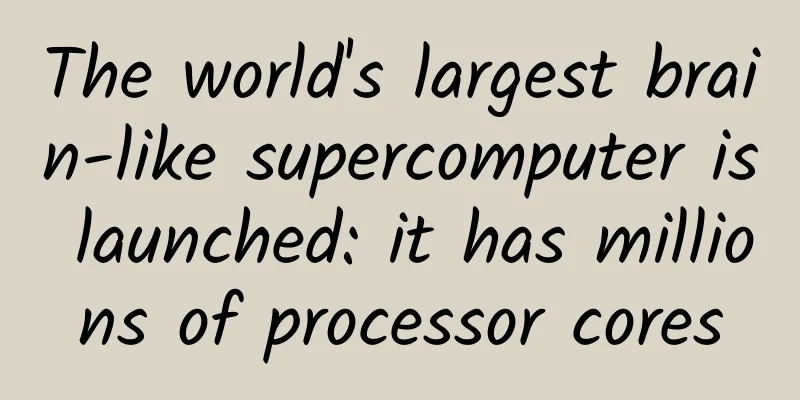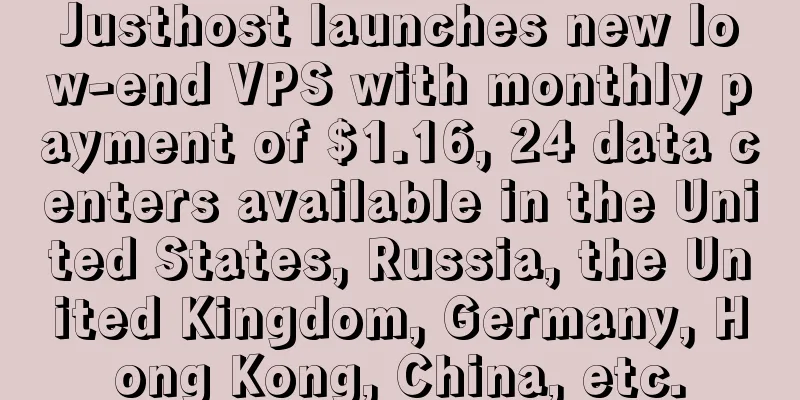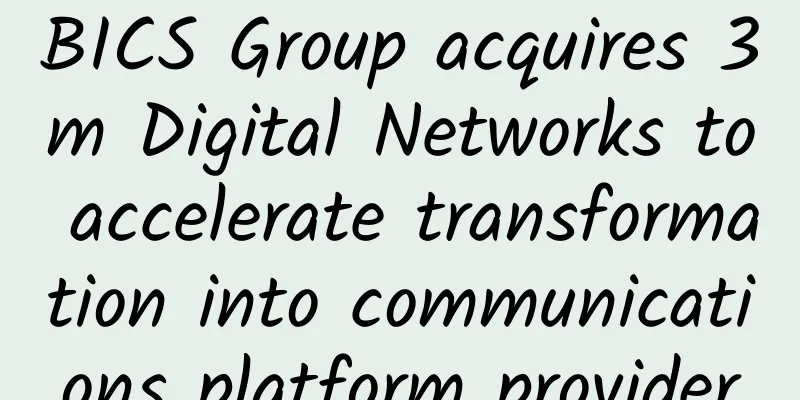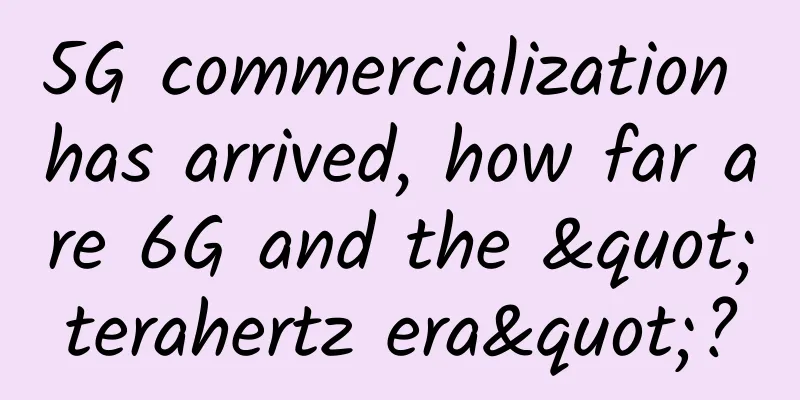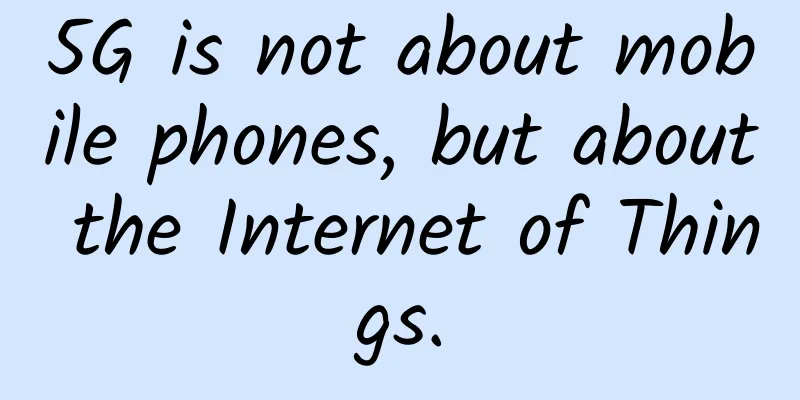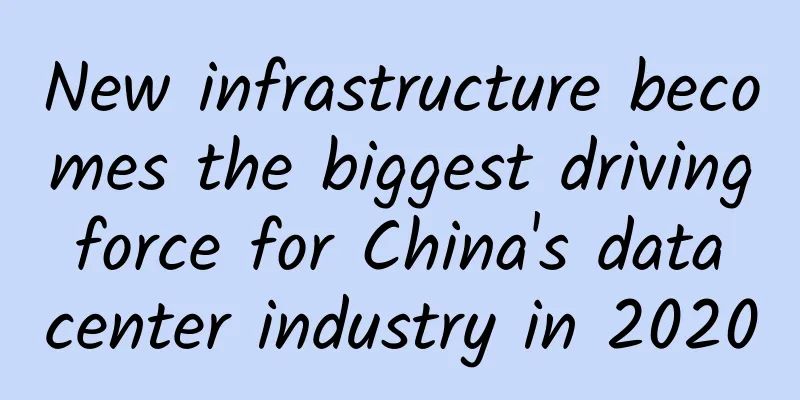The impact of blockchain on data centers and cloud computing
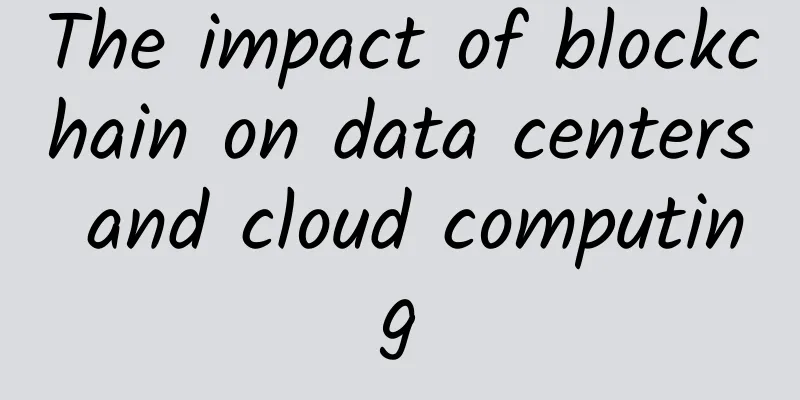
|
Today, more and more applications are causing the amount of data to continue to increase, and enterprises need to respond and act faster. Centralized processing structures and human intervention are increasingly becoming obstacles to the delivery of new applications and end-user capabilities. As distributed data center networks emerge, and their boundaries get closer and closer to the end users they serve, the structure and functionality of databases are evolving. The security of their data is obviously becoming a major concern, and blockchain is a potential way to maintain the integrity of stored data.
Definition of blockchain At its most basic level, blockchain solves the problem of lack of trust between counterparties. Often referred to as a “data operating system,” blockchain is a concept rather than a technology. Rather than a centralized structure where all information is kept in a few large databases, blockchain is a distributed database used in public and private applications. In this structure, each batch of valid transaction data is stored in its own "block". Each block is linked to the one before it and continues to grow as new blocks of information are added. Due to its distributed nature, blockchain is not subject to single points of failure or intrusion, providing greater security than many existing database-driven transaction structures. How blockchain works The blockchain structure operates based on five specific elements: (1) Distributed database: Every part of the blockchain has access to the entire database and its complete history, enabling any node to verify any information. (2) Peer-to-peer transfer: All peer nodes communicate with each other so that each node maintains its own updated version of the chain. (3) Transparency: Every transaction has access to the blockchain. Each node/user has an address consisting of more than 30 characters of letters and numbers. (4) Tamper-proof records: Blockchain records cannot be altered. (5) Programmable operation: Since all information in the transaction is digital, users can program algorithms and operation rules based on transaction information. Since data is stored across the network, blockchain eliminates the risks inherent in centralized data configurations (i.e. data loss, corruption, and theft). For example, since blockchain networks have no central point of vulnerability, it would be much more difficult for hackers to identify a major entry point that could be exploited for further attacks. Each node in the distributed network has its own copy of the blockchain, the quality of which is maintained through massive database replication, and no one node is more "trusted" than any other. Blockchain in the Data Center From a data center perspective, blockchain’s smart contract capabilities appear suitable for automating “rules-based” operational and management functions, including:
In taking over the responsibility for the aforementioned applications, blockchain-based management systems will have the potential to provide greater transparency and cost savings in operations. Blockchain applications in the cloud Many blockchain proponents believe that its mode of operation is best suited to the cloud. The idea behind this proposition is that while cloud computing is inherently distributed and fault-tolerant, it still uses a centralized approach to operation, with a central entity responsible for cloud computing. The decentralized nature of blockchain will provide more autonomous operation and a higher level of data security, as multiple databases are established throughout the cloud "network." One limitation of blockchain-based clouds is that, through decentralization, greater security is required to control inter-node communication, requiring the use of highly secure transport protocols. These protocols will then increase the demand for physical and computing resources, which may make blockchain transactions more expensive than today's cloud-based operations. Summarize Blockchain development is a relatively new approach, and its development seems to offer the potential for the development and implementation of security, both from a public and private cloud perspective, for applications based on verifiable transactions. The value of its core advantages has begun to be accepted by financial institutions, with some large banks conducting their own pilot projects. Regarding its impact on data centers and cloud computing, despite its potential to provide a decentralized environment and automate various data center functions, these capabilities remain largely speculative. In the near future, users seeking to develop and implement their own blockchain applications appear to fall within the purview of the major cloud providers. Blockchain is still in the early stages of development, and this method of application development will have an extended maturation process. |
<<: Why edge computing is central to the development of the Internet of Things
>>: How data centers work today and in the future
Recommend
PAM4 and Coherent Technology in 100G DWDM Optical Modules
[[385177]] 100G transmission in data centers is p...
Kunpeng spreads its wings and walks with youth | Kunpeng University Tour is about to enter Shanghai Jiao Tong University, exciting "spoilers" in advance!
At 1:30 pm on December 4, the Kunpeng University ...
Operating system: Introduction to SFTP related knowledge
Today I will share with you some knowledge about ...
National Cyber Security Awareness Week 2017
[51CTO.com Shanghai report] The 2017 National Cyb...
TNAHosting: $5/month-4 cores/12GB/500GB/15TB/Chicago data center
TNAHosting is a foreign hosting company founded i...
Introduction to message middleware series - functions and protocols
Author: Ge Xianliang, unit: China Mobile Smart Ho...
80VPS: Japan/Hong Kong VPS annual payment starts from 299 yuan, Los Angeles VPS annual payment starts from 199 yuan
80VPS, a well-established Chinese hosting company...
Ministry of Industry and Information Technology: 5G package users have exceeded 350 million, China Mobile ranks first with more than 180 million users
At present, the number of users of 5G packages ha...
[6.18] Megalayer: Hong Kong CN2 independent server from 400 yuan/month, US cluster server from 888 yuan/month
Megalayer's 618 promotion officially started ...
Neighbors and adjacencies in OSPF: a single word can lead to a huge difference
What you call a "neighbor" relationship...
Outlook for domestic 5G development in 2021 (I): Current status
The development of 5G has now become another hot ...
RAKsmart: US servers starting from $30, Hong Kong servers/cluster servers pre-sale, US cluster servers/1-10Gbps bandwidth servers/high-defense servers special offers
There is only one month left in 2020, and RAKsmar...
Kubesphere deploys Kubernetes using external IP
Our company has always had the need to connect al...
Predictions from global telecom industry experts for 2024
Predictions from global telecom industry experts ...
What exactly is SD-WAN, which is so popular on the Internet?
As a popular concept, SD-WAN has frequently appea...
![[6.18] OneTechCloud: VPS 30% off monthly payment starting from 19 yuan, Hong Kong CN2/CMI large bandwidth/US CN2 GIA/high defense optional](/upload/images/67cabe9645d50.webp)
